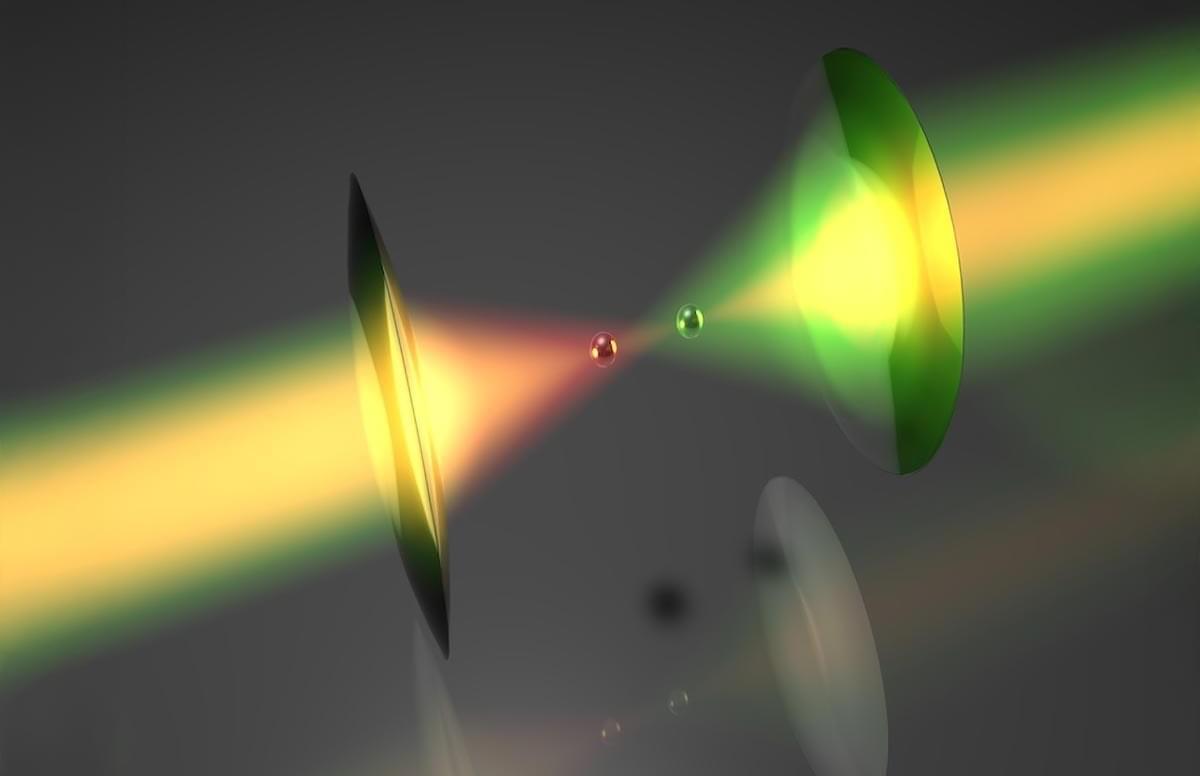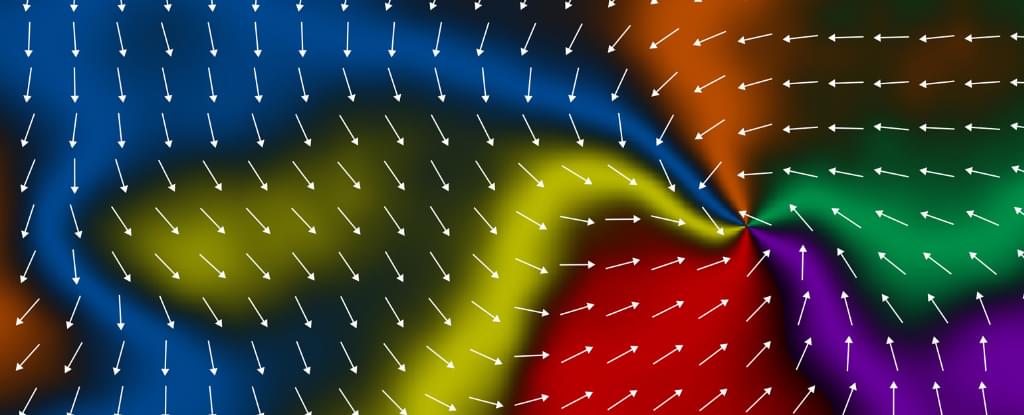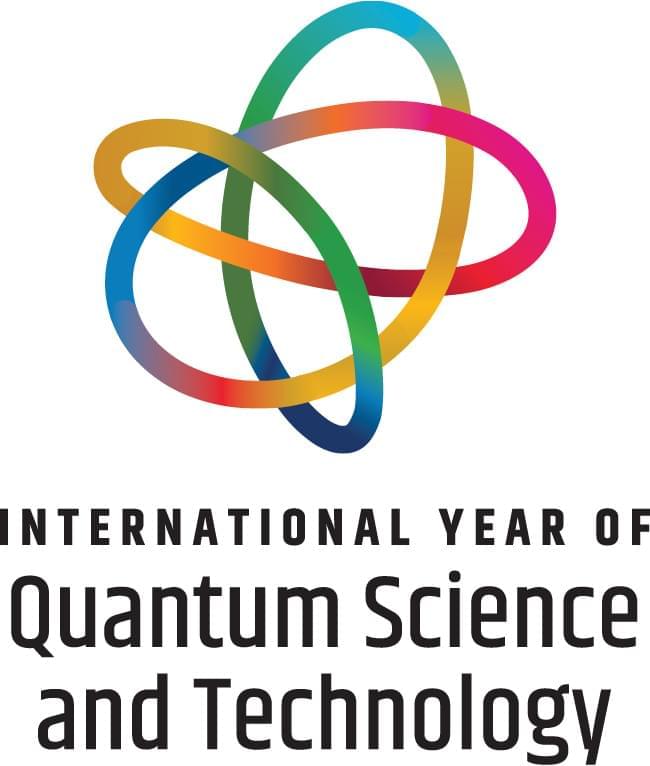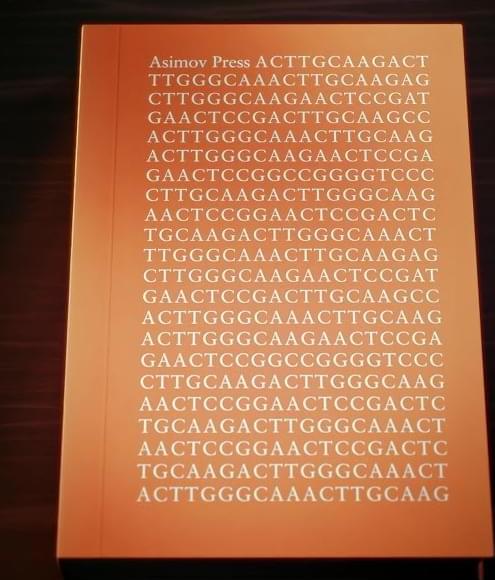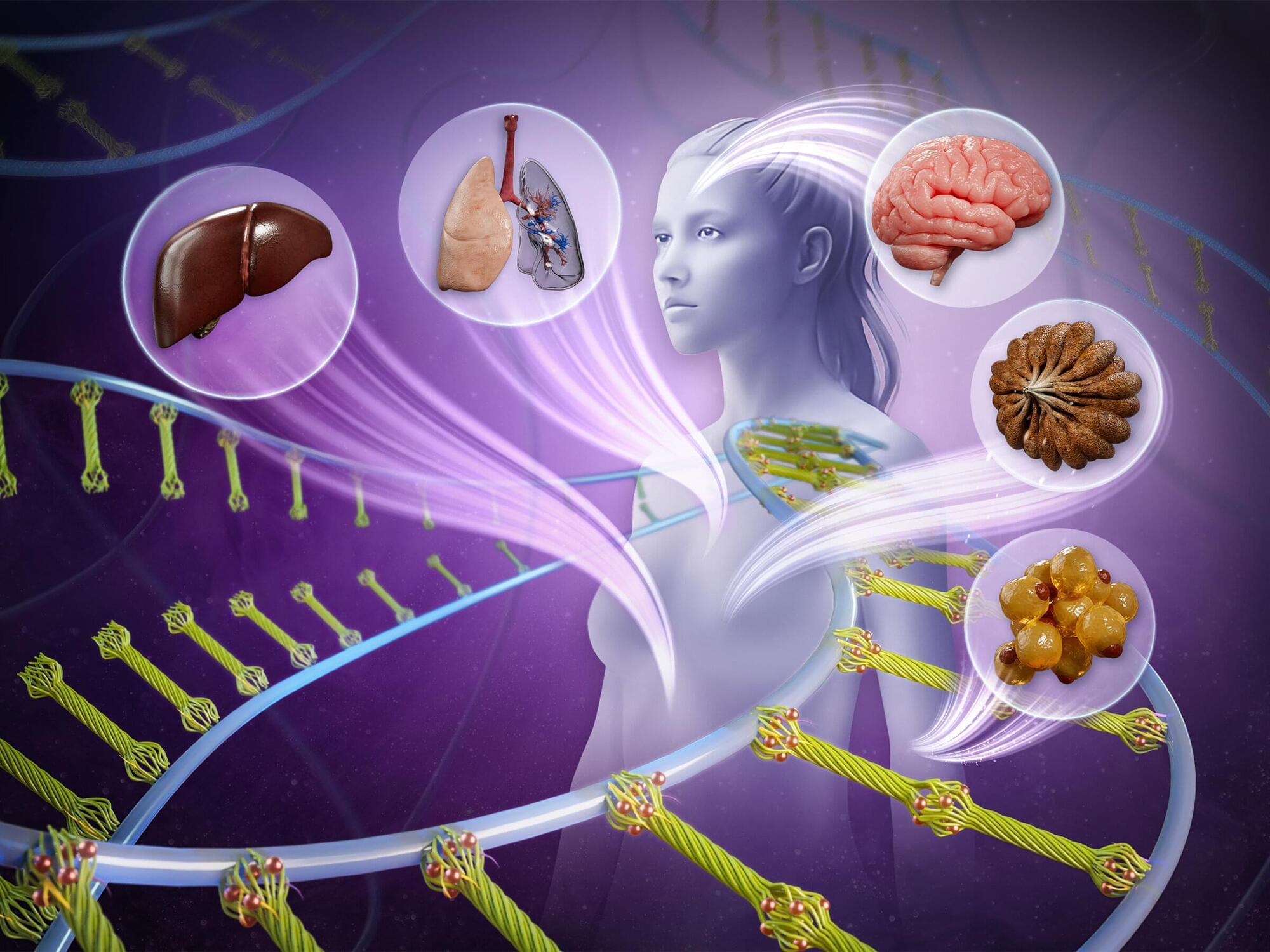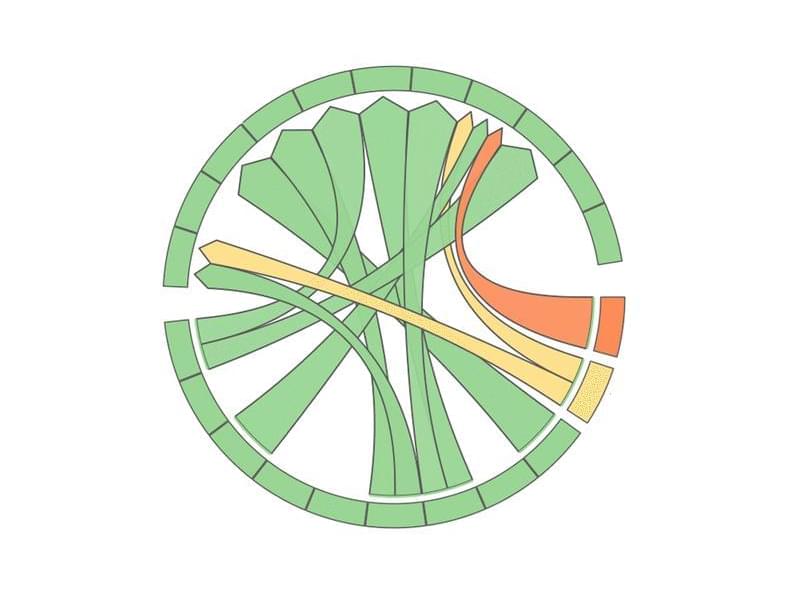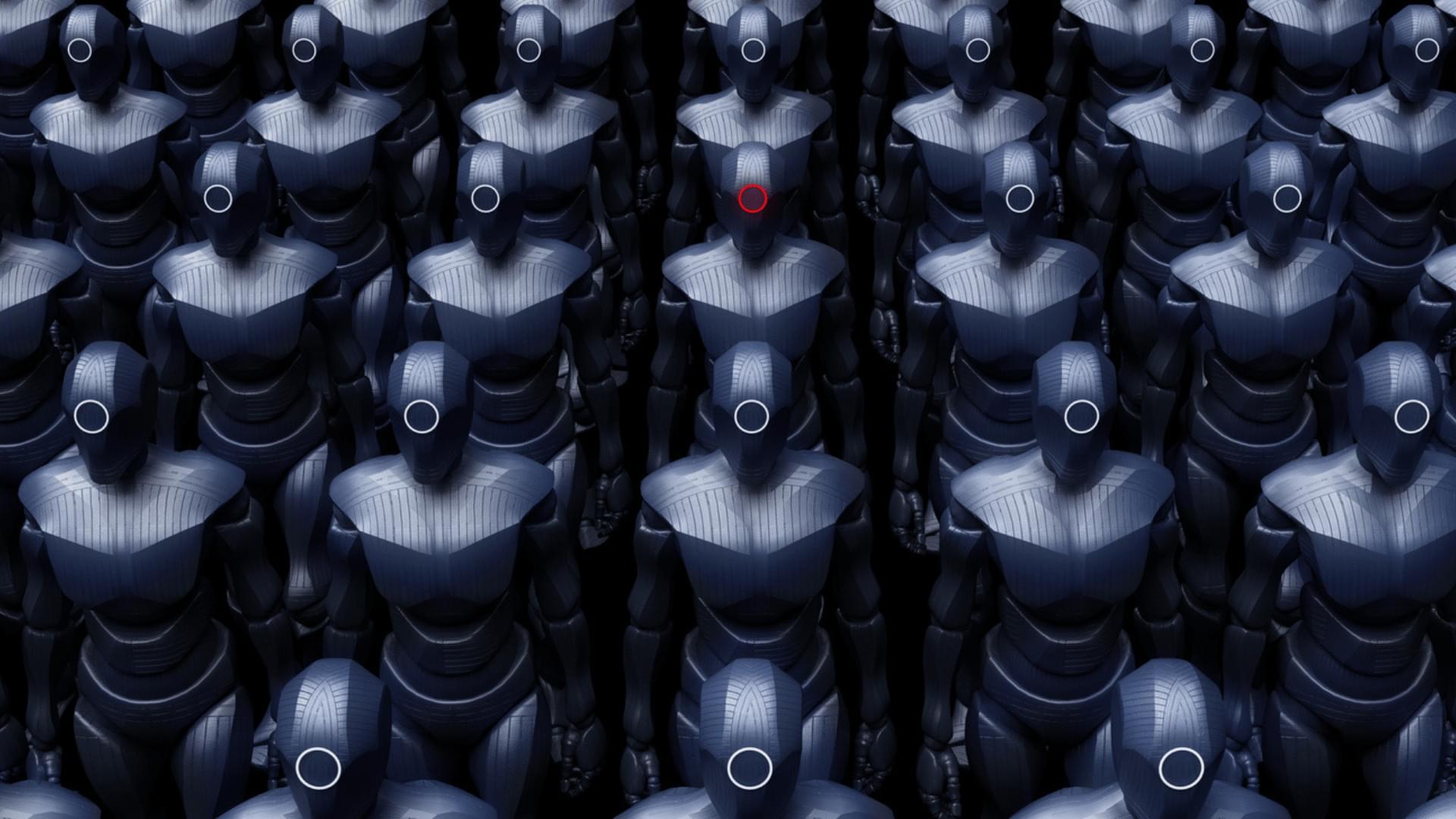Using levitating nanospheres trapped in laser beams, they can observe how matter behaves in ways never seen before. This breakthrough could help unravel the mysteries of the quantum world.
Exploring the Boundary Between Classical and Quantum Worlds
A recent study published in the scientific journal Optica introduces a groundbreaking experimental device that bridges the gap between classical and quantum physics. This innovative instrument enables researchers to observe and study phenomena from both realms simultaneously. Developed in Florence, the device is the result of a collaborative effort within the National Quantum Science and Technology Institute (NQSTI). It involves experts from the University of Florence’s Department of Physics and Astronomy, the National Institute of Optics (CNR-INO), the European Laboratory for Nonlinear Spectroscopy (LENS), and the Florence branch of the National Institute for Nuclear Physics (INFN).
